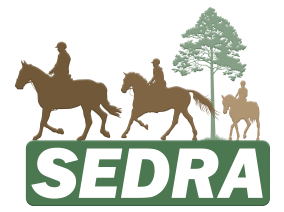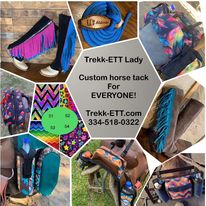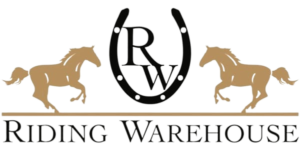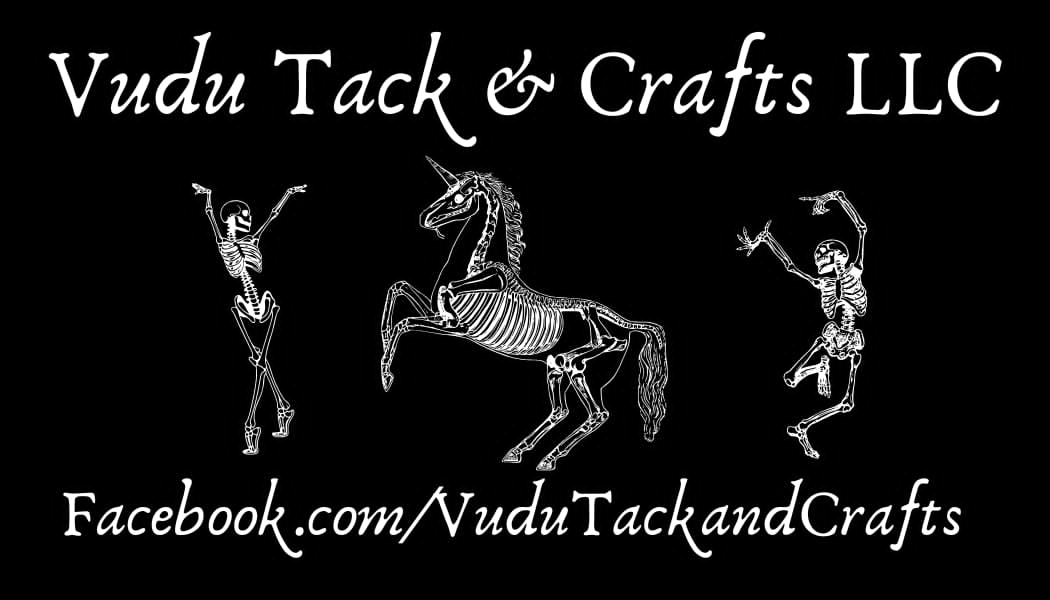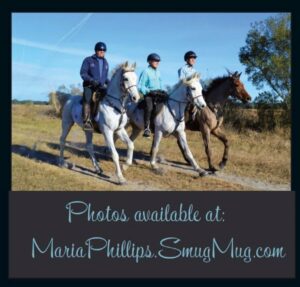As so often happens, I get inspired by clients and things I read. This month, my inspiration comes from a recent article in Dressage Today “9 Tips to Keep Your Senior Dressage Horse Competitive” (February, 2018). A lot of my readers and clients over the years are dressage riders- but a lot of them aren’t. I’ve found that many of the core principles of the biomechanics of a horse and rider working together don’t change when you change the saddle. You might change specific conditioning requirements, and specific common wear and tear risks, but these tips can apply to everyone.
Whatever your riding discipline is, and whatever your age, I found that the tips made a nice conversion into tips for success with rider fitness.
This month, we’ll cover what these nine tips can mean for your workout- and body care- success. They are:
1. Focus on correct basic training. We all know how important it is for your horse, to constantly come back to solid basics. Fancy movements, or high demand situations, are made up of building blocks of basic training. Human bodies work the same way. Some of the people that work with me are highly driven. I am impressed and inspired by what they accomplish in a day, a week, and with their riding. But sometimes when we are under so much pressure, we lose sight of a foundational piece that can be holding us back. The foundations in rider fitness are core strength and flexibility. Without a strong core, you are a noodle in the saddle. Yet, if you are too tight, you are blocking your horse. Most of the time when I help a rider trouble-shoot the reason they have a chronic issue in a clinic, it comes down to a key area of their body or movement pattern which is impacting their ride. Often, it’s not even they area they thought it was. So, if you’re ‘hitting the wall’, getting frustrating, or hitting a snarl in your ride or even just your level of joy about working out…go back to the basics. Give yourself a week of focusing on core or flexibility, or balance, and then add the rest back in. The paradox of riding is that if you try too hard, you create the very tension that you need to lose in order to ride correctly. As we age, the ‘rules’ about how we stay in shape change on us. This means that we need to frequently re-set, just as we would with our horse(s).
2. Incorporate variety in the workload. You’ve heard the old saying ‘you can’t expect different results by doing the same thing over and over’. In rider fitness, just like working with a horse, you can’t expect to get the same results by doing the same thing over and over. You have to change things up a bit. Your horse can’t drill around and around without developing a strain injury. Neither can you. Even if you discovered the best workout EVER, if it works, it will get you to a new level where you will plateau unless you change it up. I definitely love working with my clients online, and in clinics. I love it when people download or buy paper copies of my books and use them. But I tell everyone: change it up. If you love a certain workout pattern, introduce something different every now and then to just shake things up. Humans lose body awareness and fine control as we age. So, by introducing some variety on a regular basis, you keep your neuro-muscular connections ‘on their toes’ and tuned so to speak. You also get to discover gaps that you hadn’t noticed, and it keeps you physically and mentally fresh. When I started in rider fitness, there was only one or two programs you could buy by sending away for an exercise DVD. Nowadays, you can download workouts in an instant. http://dressageridertraining.com/ is an entirely online program. I haven’t done the workouts myself, but read the trainer’s blog and find that in my view, she’s accurate and knows what she’s doing. It doesn’t cost much to download or join an online workout. You don’t even need to pay, if you make use of Youtube. You can follow different people for different parts of your training regimen. You could find a favorite 10 minute yoga online for your flexibility, and a fun HIIT workout for your cardio. Mixing it up all the time with no plan is as unproductive for you as it would be for your horse. But, if you know what components you are going after, and why you are doing them, and they fit an overall plan that you have to improve specific fitness areas to help your riding, and you have a way of measuring your progress, you don’t need to follow the same plan for the rest of your life like you’re on a railway track. In my experience, a lot of people just stop training their bodies physically the way they need to, because they got bored.
3. Maintain mental engagement. This point is connected to the previous one. Changing things up physically is also changing things up mentally, so it keeps you mentally fresh. As you ride, and as you do your fitness training, pay attention to where your focus is. You can use your workout time as an escape, or you can be intensely focused on it, depending on your personality. Either way is ok, but be mindful. Be present in the experience you’re having. Being mindful doesn’t just mean some yoga-like meditative approach to working out. It can mean having laser focus on an agility drill and giving it 110% for your high intensity interval. If you can only be fully present for 10 minutes of working out, you might be stressed and overloaded, and benefit from taking performance pressure off of yourself.
4. Stick to a schedule. Your training schedule might have 5 different time slots in the week. You don’t have to train at the same time, every day. Training at the same time routinely does help many people, because it helps to establish a habit- like brushing your teeth. Most of the people I have worked with find that they have some times of the week that they can do some parts of their training in, like clockwork, but that they also have a few other times where they might vary the timing, depending on other responsibilities. The best plan is to actually write down when you will train, on a physical time planning system. Many people find it difficult to stay on track when all their appointments are in a tiny device that doesn’t give you full visibility to the week. Some people work best if their device just tells them every hour of their day, what they are supposed to be doing. When you plan a training season for you horse, you make sure you have regular times to work him, because you know that leaving it to chance is going to reduce the amount of time you’re riding. The same applies to your fitness. I am far happier when a client commits to 10 minutes on a regular basis (and so is the client). Consistency is like putting bricks in a walkway. Eventually, you build a road. Haphazardness in a training plan is like tossing rocks around in a field, hoping they’ll turn into a cobbled path.
5. Keep it moving. I’m sure you’ve seen some of the amazing amount of information out there on how dangerous for our health the sedentary lifestyle is. One of the simplest, cheapest, and easiest to schedule approaches to keeping yourself ‘riding fit’, is just to grab all the opportunities to move (or stand) that you can. Chair based movement counts. I do some work in recreation therapy, and trust me, any movement does have value. In Canada, public health promotion of physical activity now frames it in terms of 24 hours. It can help to do a time study and spend a day or two observing just how much you sit, stand, move, ride. Then, get creative about how you can squeeze in more movement. You can also get strategic. For example, I know a lot of riders who just find it really difficult to fit that building block of stretching in their day. If you don’t have a dedicated time to do it, stretch in micro-moments at your office desk or other times in your day. You don’t need exercise gear and a yoga mat to squeeze beneficial stretching into your day.
6. Minimize competitive stress. If you are very competitive, this may be difficult. You might need to scale down your competition plan. Some people mistakenly think that more competition makes you better. Actually, effective training makes you better. Exposure to competition is good, but unless you’re going for points or have decided this is your season to get serious about competition, it can sometimes cause you to take training shortcuts (for yourself and your horse), which go against the goals you’re trying to achieve. Yes, think strategically about what you do in your workouts and why, and when you plan them in your week, and which weekends you will compete vs. train or take your horse out on trails. In your workout, be right here, right now, doing the best job you can do based on the energy and state you and your horse are bringing to the moment, right now. That means, know when to stop. Perfect practice makes perfect. Perfect drilling grinds you and your horse down.
7. Maintain an appropriate diet. We can get away with a lot, or so we think: the horse carries you, so you might not notice weak core strength, or when your body collapses. Your horse does. As a rider, you want to eat healthy, and healthy amounts. You also want to make sure you eat something in the hour before you train (on the horse or off) so that you can give your workout your best energy. When you have gone without food, or eaten low quality food, it immediately affects your core tone and mind-body responsiveness. A resource I have really liked over the years is Sport Nutrition Guidebook, by Nancy Clark.
8. Support joint health. When I apply this tip to your fitness training, what it means for me is that you need to focus on training that gives you the best chance of having a stable (but not stiff) aligned spine, and supple (not stiff, not floppy) joints. For my own personal workouts, that is what I focus on. You need leg strength, not to lift heavy weights, but to make sure there is enough soft tissue with tone in it to give your hips and knees joint integrity. If you lose muscle tone, your ligaments tighten up. For many riders, exercise styles that use body weight and movement are adequate (for the legs). Although, I have had some polo, eventing, and jumping clients who needed more powerful leg muscles to be able to support their body weight better over time, with the big changes in position and impact that happen in those sports. For me, your spine is the number one series of joints to be concerned about.
9. No hoof, no horse (no spine, no rider). From a rider fitness point of view, it’s ‘no spine no rider’. You can be a para-athlete with no limbs, and still be an effective rider. Riding is first from your core, your centre. Your spinal column is the main structure connecting with your horse (through the system of the pelvis). Your spine is also one of your only areas that can bend in all directions as well as rotate. This gives riders many opportunities to collapse, over-compensate, or stiffen up- all of which have an impact on your horse’s ability to carry himself effectively, and on the quality of his movement. One of my favorite books addressing this s When Two Spines Align, by Beth Baumert. I have certainly seen many riders very interesting spine issues, such as scoliosis and lordosis, who managed their bodies to be effective anyway. With your fitness training, if training spine alignment and protecting it in functional movement is not a component of your regimen, it needs to be. Many common rider back pains and strains would be avoided with effective training and ergonomic sport habits. The importance of your spine is one reason why core training is one of the foundations in any work I do with clients, and any workout program or book I have written.
Hopefully you’ve been inspired to refresh your training plan.
You have more potential than you realize. Happy riding and training!
Heather Sansom is a nationally and internationally certified personal trainer, riding coach and life coach who has been riding for over 35 years. She speaks nationally and internationally, and has published over 200 articles and eight books on rider fitness and conditioning topics. (www.equifitt.com )
Did you know coaching is available online? Make it happen now! Start moving forward with your wellbeing and riding goals today. Packages are Shareable.
